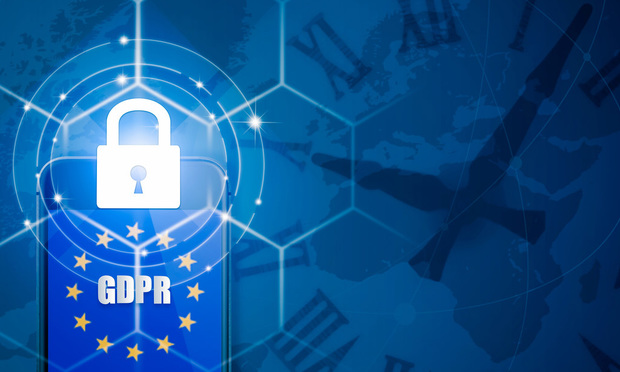This article appeared in Cybersecurity Law & Strategy, an ALM publication for privacy and security professionals, Chief Information Security Officers, Chief Information Officers, Chief Technology Officers, Corporate Counsel, Internet and Tech Practitioners, In-House Counsel. Visit the website to learn more.
IT professionals everywhere now know that new data protection rules — the General Data Protection Regulation (GDPR) — went into effect on May 25th across Europe, changing how organizations treat personal data. This was the first overhaul since the EU’s Data Protection Directive in 1995, shortly after the EU was established. Ostensibly, GDPR’s mission is to strengthen and unify the EU’s protection of online privacy rights and promote data protection for citizens of the 28 countries currently in the EU. In the global economy, however, GDPR serves as an alarm to all countries with business flowing across Europe and well beyond. Where business flows, data follow.







